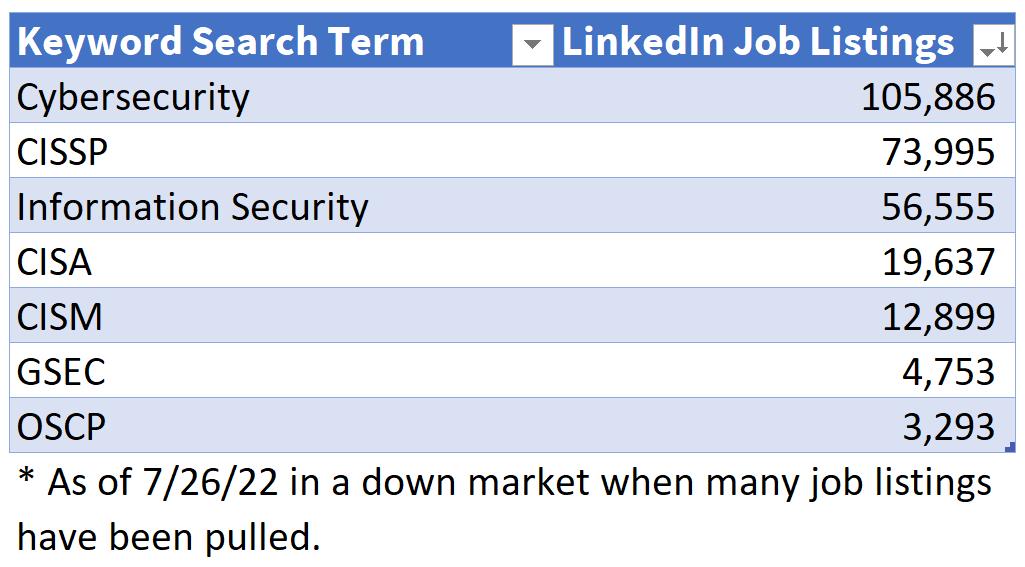I brought up the Tuckman model of team phases while coaching an OKR session for a new team. The purpose was to encourage them to anticipate - and perceive as normal - a little chaos and contention.
A quick Google search later to send a funny video, and I ran across this excellent list. I copied it here and cleaned it up.
TOP LEADERSHIP TIPS
1: Be familiar with the phases of Teamwork. Tuckman’s forming, storming, norming, and performing model.
2:.If you want good leaders to lead teams give them the tools to do it. Train and manage the process of leadership building.
3: If you want followers (team members) train them to work together – manage the process and monitor progress.
4: Support the process from the very top but be prepared to be lonely. Leading is often a lonely role – the buck stops with you.
5: Give each leader and each team identity to hold onto. A reason to be proud of membership and an acknowledgment of achievement.
6: Foster the identity to increase group/team cohesion. Leading and following are not always doom and gloom. Make business fun – work hard play hard.
7: Establish The Norms You Want. It is imperative to agree on the core norms setting ground rules to prevent problems later on.
8: Clearly define roles and responsibilities in order to establish boundaries and set expectations governing relationships.
9: Establish key group/team processes. Meetings, decisions, brainstorming, timekeeping, and problem-solving.
10: Everyone’s time is valuable. If you don’t expect your team to waste your time – don’t waste theirs. Give power to the team on the ground – trust in their judgment. They are the ones delivering the goods.
11: Truly great leaders have mastered courtesy along with being bold, courageous, dynamic, and visionary.
12: Communicate, communicate, communicate. But above all get to the point! Make sure you get the message out to your audience – don’t waffle. Do not leave people wondering what all the slides were about when there was only one point to be made. Leaders have a knack for cutting through the BS and simplifying the solution so that everybody can embrace it.
13: Don’t be afraid to give bad news. Every company has bad news – it makes the good news look better too.
14: If you want your team to be engaged, committed and good followers say thank you! You expect team members to be cohesive and achieve great things; when they do, thank them. As General Colin Powell (US Army retired) once said “Organization doesn't really accomplish anything. Plans don't accomplish anything, either. Theories of management don't much matter. Endeavors succeed or fail because of the people involved. Only by attracting the best people will you accomplish great deeds.”
15: Integrity counts. Neither your customer nor your team is wedded to you so they need to believe and trust in you.
16. Never doubt your own vision – you are the leader, and you are expected to know all the answers until proven differently. And remember optimism multiplies if fostered.
17. Being responsible sometimes means pissing people off. It’s better to get the right thing done in the right way than to let your team believe that mediocrity is good enough. Keep looking below the surface – even when what is below may not be palatable.
18. Be happy with your team bringing problems and complaints as well as the good news. The day this stops either means they don’t care or have lost confidence in you.
19. Advisors have their place. But at the end of the day, it is your judgment that counts. Separate data from judgment and constantly reference your own hard-won insight.
20. Pick good followers for now and leaders for tomorrow. Formulate your list of criteria and be choosey who you work with. Make sure each person ticks most if not all of the key boxes. E.g. Intelligence, judgment, insight, loyalty, integrity, and a high-energy drive.















